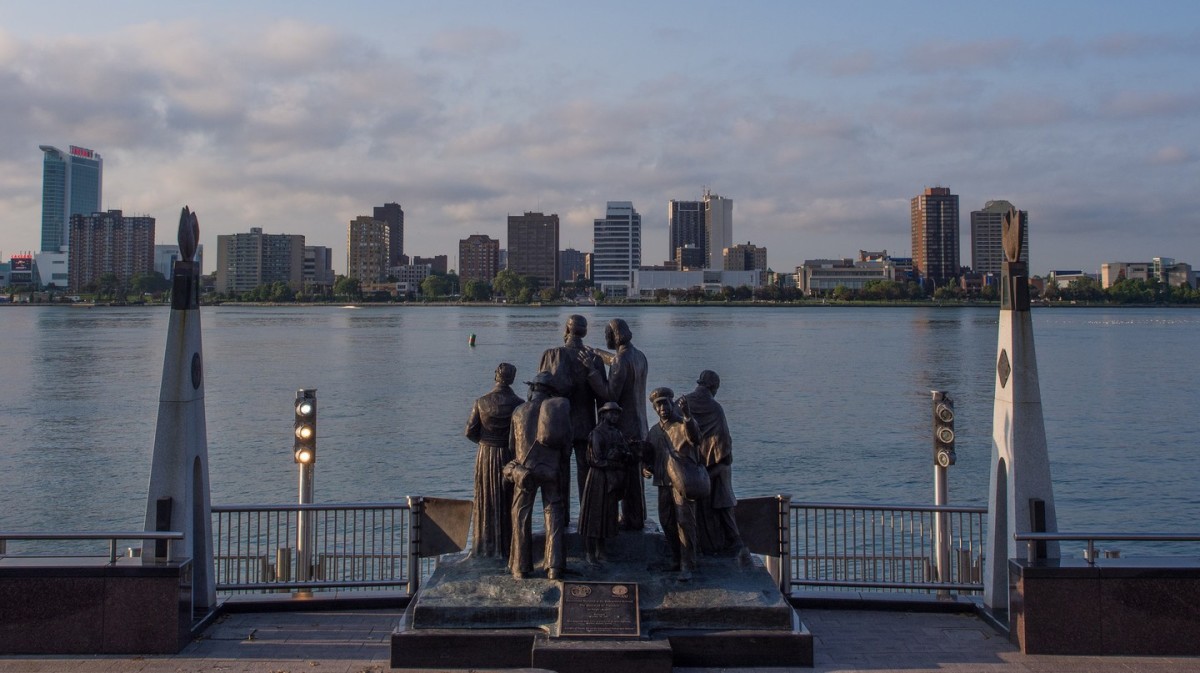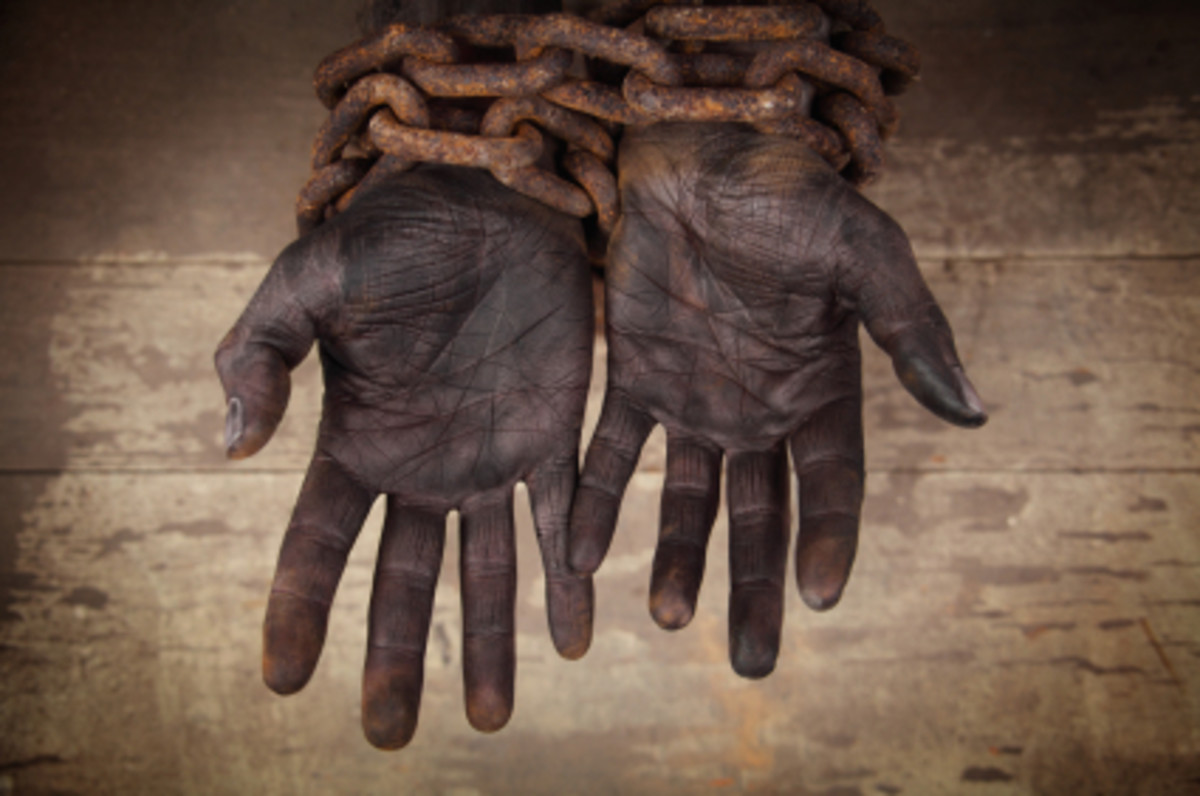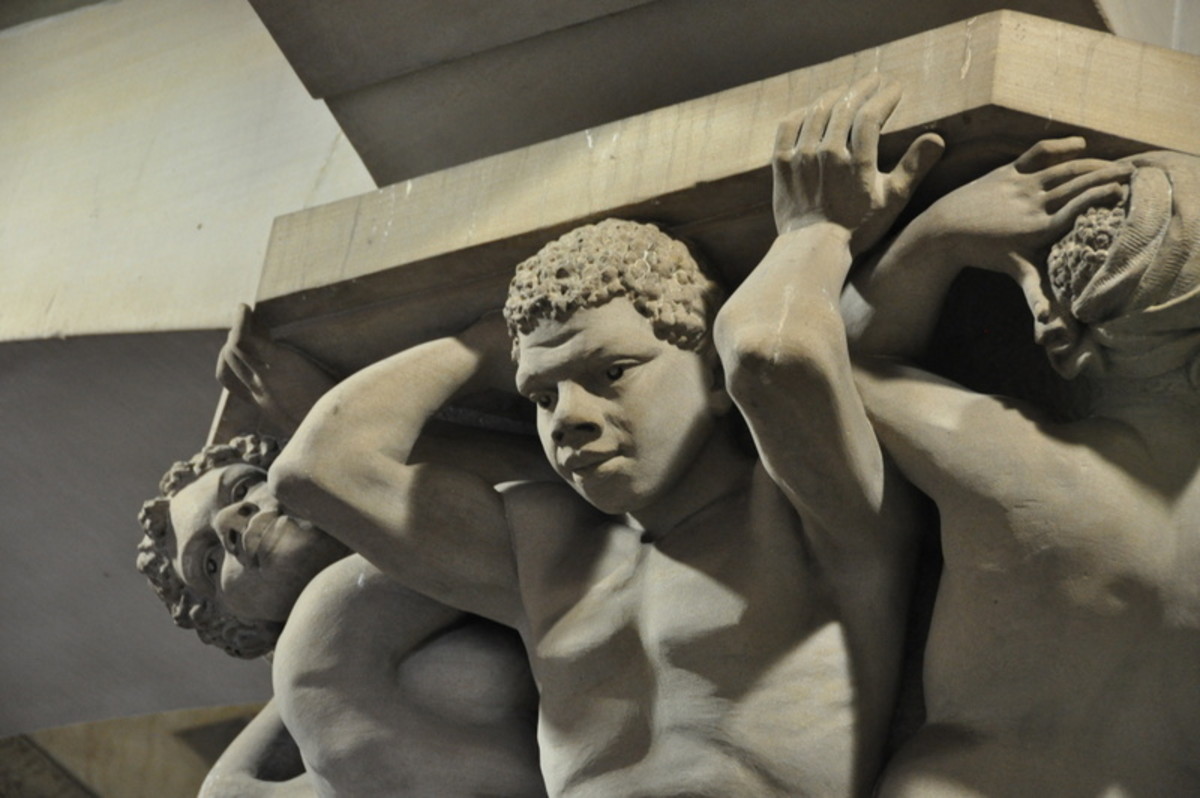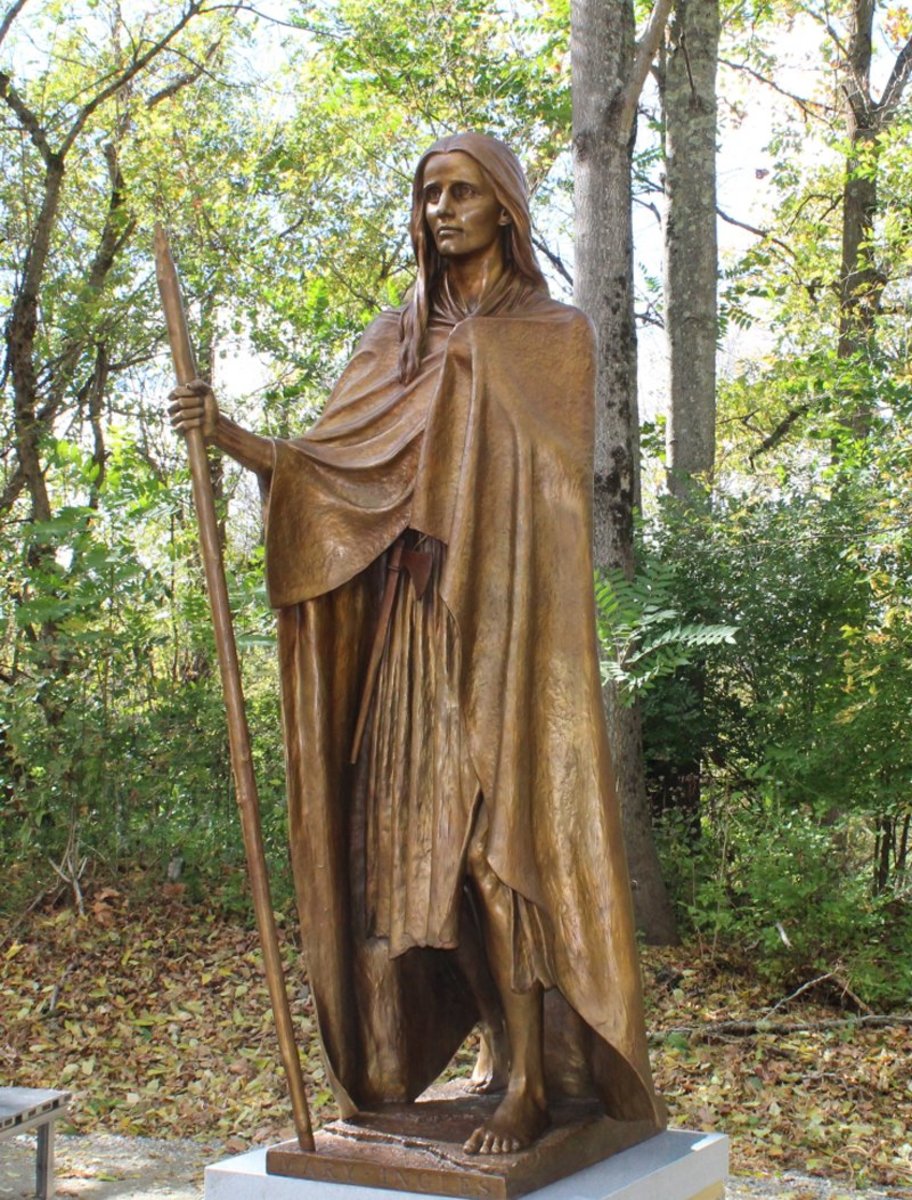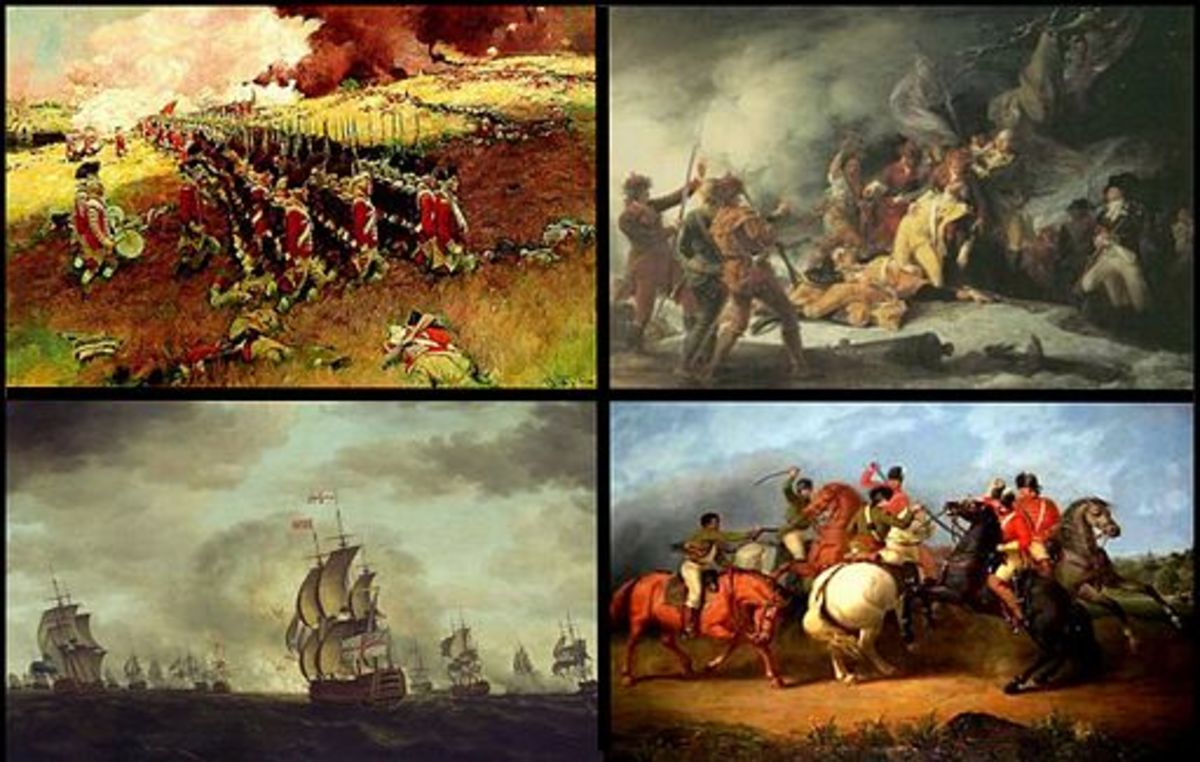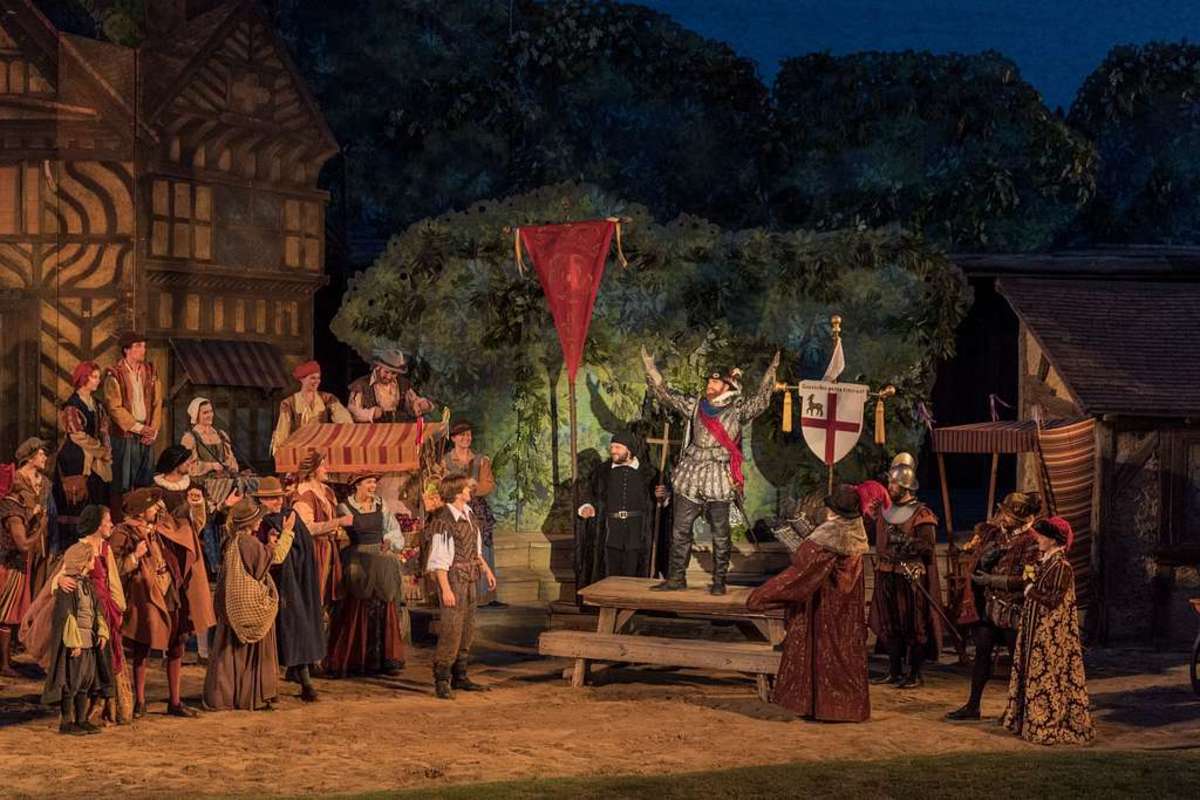- HubPages»
- Education and Science»
- History & Archaeology»
- History of the Americas
Women in History-Harriet Tubman
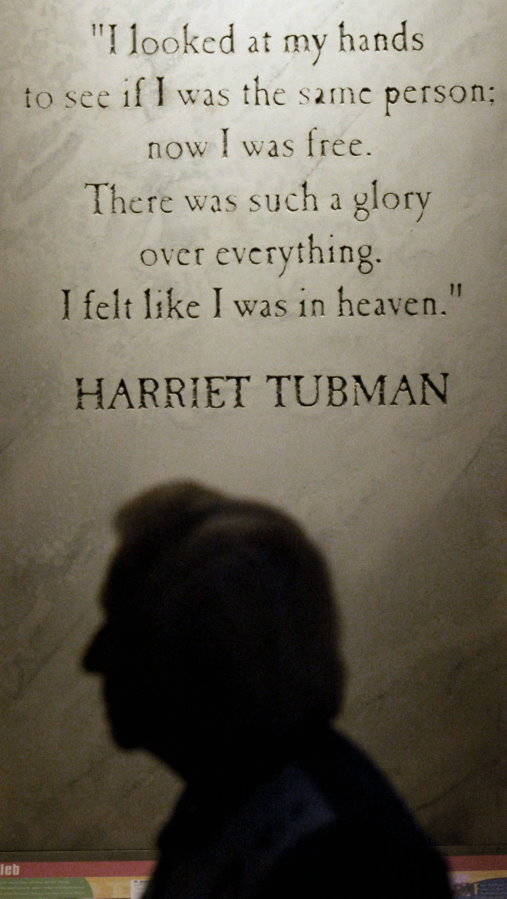
Harriet Tubman is my hero of all time. Her story is an American story. It's one her fellow African Americans can be very proud of, and one that may cover white Americans with shame. Harriet Tubman was born into slavery in Madison, Maryland in about 1820. There is no exact record of her birth. Slave births and deaths were not registered. Harriet was born Araminta Ross, nicknamed "Minty". Lovely, that!
Harriet Tubman is justly famous in America for escaping slavery, then helping others to escape. She made 13 rescue missions to help slaves to freedom, risking death, and what was worse--recapture. She put her precious hard-won freedom at risk, again and again, a total of thirteen times, leading 70 people to freedom. By the time she was done, there was a price on her head and she was wanted, dead or alive. She "never lost a passenger".
During the American Civil War, Harriet worked for the Union Army (of course!), at first as a cook, then as a nurse, then as an armed scout. She was the first woman to lead an armed expedition during that war; she and the troops freed 700 slaves on a South Carolina plantation.
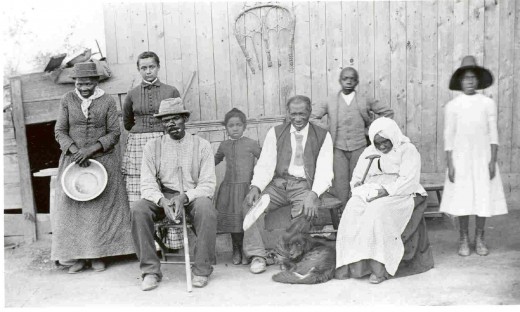
Harriet worked hard all her life. She was also subject to much abuse as a slave. When researching this piece, I was shocked to discover how very mistreated this wonderful person was, even as a small child. The manner in which she was treated was not an uncommon thing. Slaves had no rights at all, in America. It was as though the slaveholders didn't realize or were trying to deny our common humanity. These people weren't treated as though they are our fellow human beings. I was very shocked by this. Aside from the rights and wrongs of holding people hostage and forcing them to work for free, called "slavery", which happened to various peoples in sundry cultures throughout the world in time, didn't the "owners" realize they were dealing with people? It doesn't seem so. Here are a few examples of what happened to Harriet:
- As a very young child, she was hired out to work for others by her owners to people who beat her. She was hired out to a woman named "Miss Susan" as a nursemaid. She was whipped every time the baby cried, and recalls being whipped five times before breakfast one day. She carried the scars of these beatings for the rest of her life.
- She was sick with measles: still, her "owner" hired her out to work the muskrat traps in the marshes. She became so ill she couldn't walk. She was carried back to her owners.
- When she was sent to carry supplies back to the plantation, an "owner" from a different plantation attempted to enlist her help in restraining a young slave who had left without getting permission. Harriet refused to help; the "owner" threw an iron weight at her head. She was carried back to her "owner", unconscious, who left her on the seat of an abandoned loom in a barn or outbuilding, unattended, for two days. Her mother, Harriet Ross, rescued her secretly, or she would have died. She was affected for the rest of her life with seizures from the head injury.
- She was sent back to the fields, to do field work, with the blood and sweat rolling down her face, to the point where she found it hard to see.
Harriet did all manner of work in her life: she worked as a nursemaid, she did farm and field work, she drove oxen, she plowed, she hauled logs, she worked as a nurse, a laundress, a scout, a soldier, a spy.
Harriet was still a slave when she married a free black man named John Tubman in 1844. This complicated things, though it wasn't unusual in Maryland at this time. About half the black population of Maryland was free. Any children born to them would be the property of Harriet's owners. The status--free or slave--followed the mother.
In 1849, Harriet became ill again. Her value to her owners, the Brodesses, diminished: they attempted to sell her. She would be separated from her husband and her children; she would never see her children again. Mr. Brodess died before they could find a buyer for Harriet. This made it even more likely that the family would be broken up, that she and her children would be sold separately, to different owners, as part of the estate settlement .
Harriet and two of her brothers escaped in September of 1849. Her husband, John Tubman, refused to accompany them. Harriet came back, again and again--at first, to rescue members of her own family, then, to rescue others. She travelled by night and hid by day. She attempted to be reunited with her husband, and found he had married someone else in the meantime, and refused to leave with her. One of her last missions was to rescue her elderly parents, who had been freed by their owners but were still persecuted by the townspeople. She was much assisted by the Underground Railroad, a loose network of abolitionists who helped slaves to escape; she was also one tough cookie.
This is one story about Harriet that I love:
She was helping a group of about a dozen people to escape, and part of the plan was to stow away on a barge. One gentleman refused to get in the boat: he was afraid of boats. He didn't know how to swim. Harriet put a gun to his heart, saying, "Get in the boat or I'll shoot you dead." The man got in the boat. Harriet said later she wouldn't have killed him, but she was at her wit's end what to do. He was holding them up and putting them all at risk. She was 4 foot 7 inches tall, the man was six foot two inches. She didn't even know for sure the gun would work: it was a very old pistol someone had given her in a safe house once.
Harriet settled at first in Philadelphia, Pennsylvania. Later, when the Fugitive Slave Act was passed, Harriet migrated to Canada for a time, working as a laundress. The Fugitive Slave Act made it so that even when an escaped slave made it to a free state, he or she could be extradited back to slavery. There were bounty hunters who made a living tracking down escaped slaves in free states and returning them to slavery, to collect the reward. When slavery was abolished in the United States, Harriet moved back to Auburn, New York, where she eventually died in a home for elderly black people that she had helped to establish, two decades before. Harriet also was an advocate of women's suffrage, and was acquainted with Susan B. Anthony, who used a Harriet Tubman quote in one of her speeches:
When Harriet was asked if she believed women should have the vote, she answered, "I have suffered enough to believe it."
Harriet was a strong Christian. She believed in the Lord. She also believed the Lord sent her visions, telling her what to do. That might have been true, or her visions might have been the result of her head injury.
Harriet was friends with Frederick Douglass, another brave soul who resisted slavery with all his might and main. She was also acquainted with John Brown, though she strongly disagreed with using violence against whites (civilian white people) in the cause of freeing slaves. Considering how white people had treated her, Harriet Tubman is the best Christian who ever lived, in my book.
Harriet Tubman died on March 10, 1913, at the age of 93. Her last words were:
"I go to prepare a place for you."
Amen.


